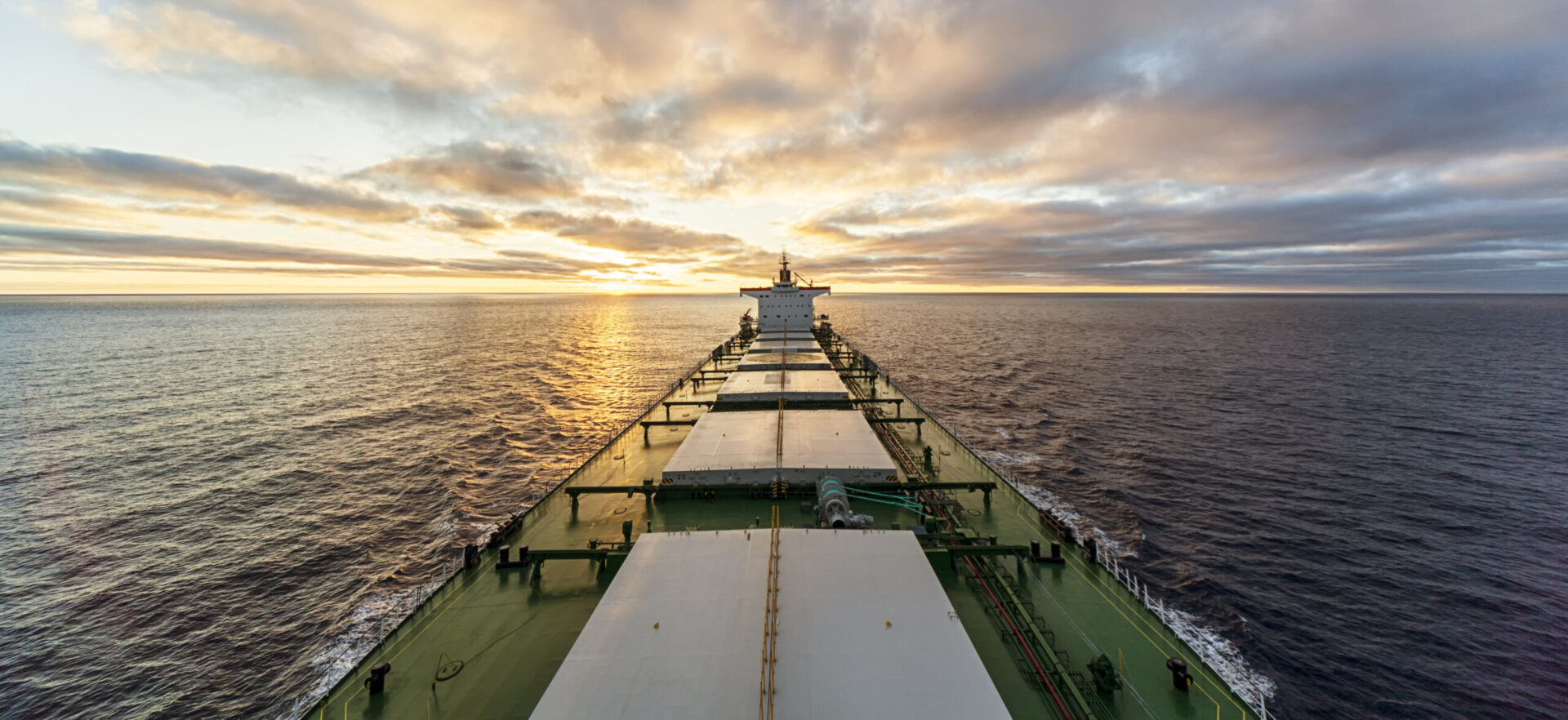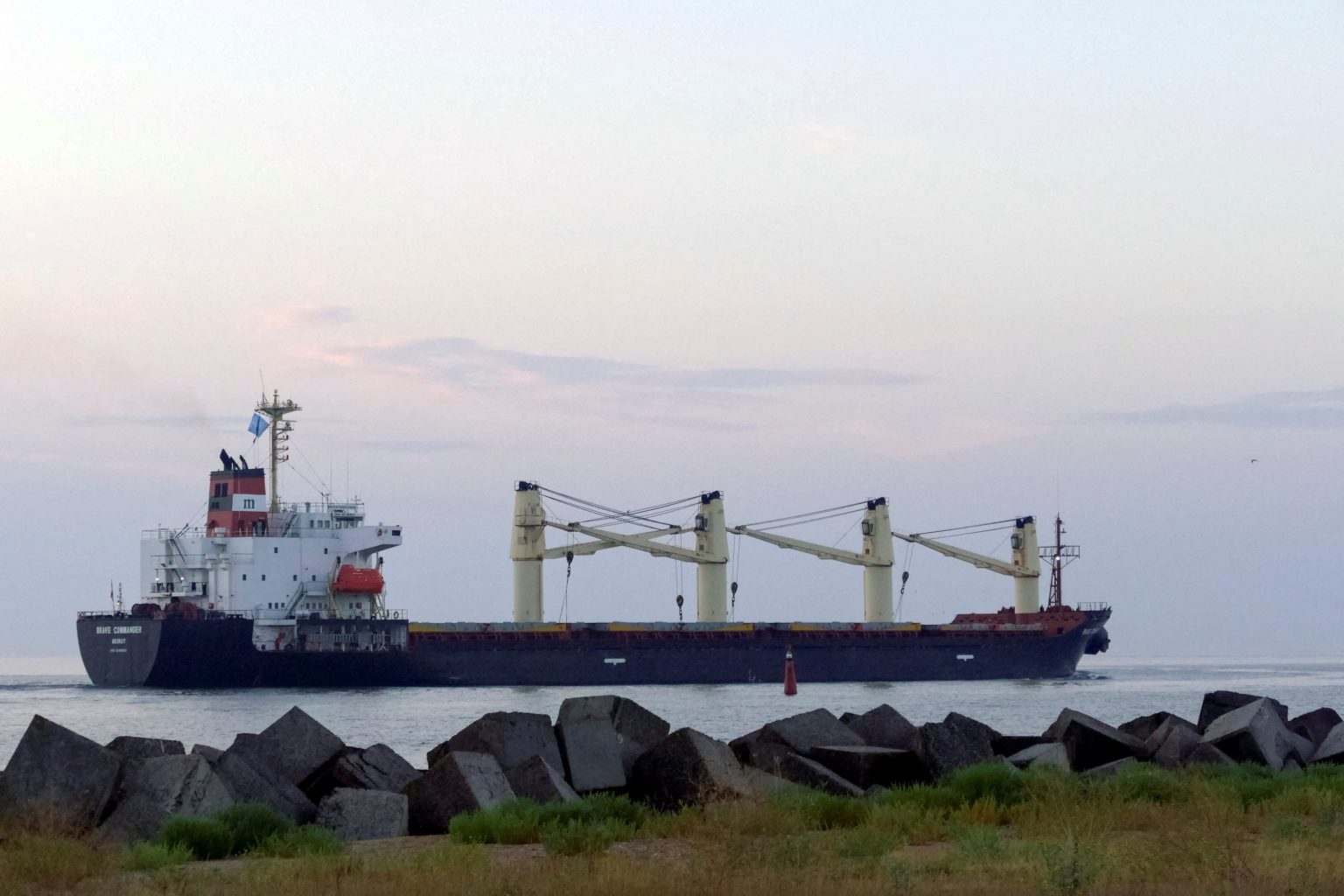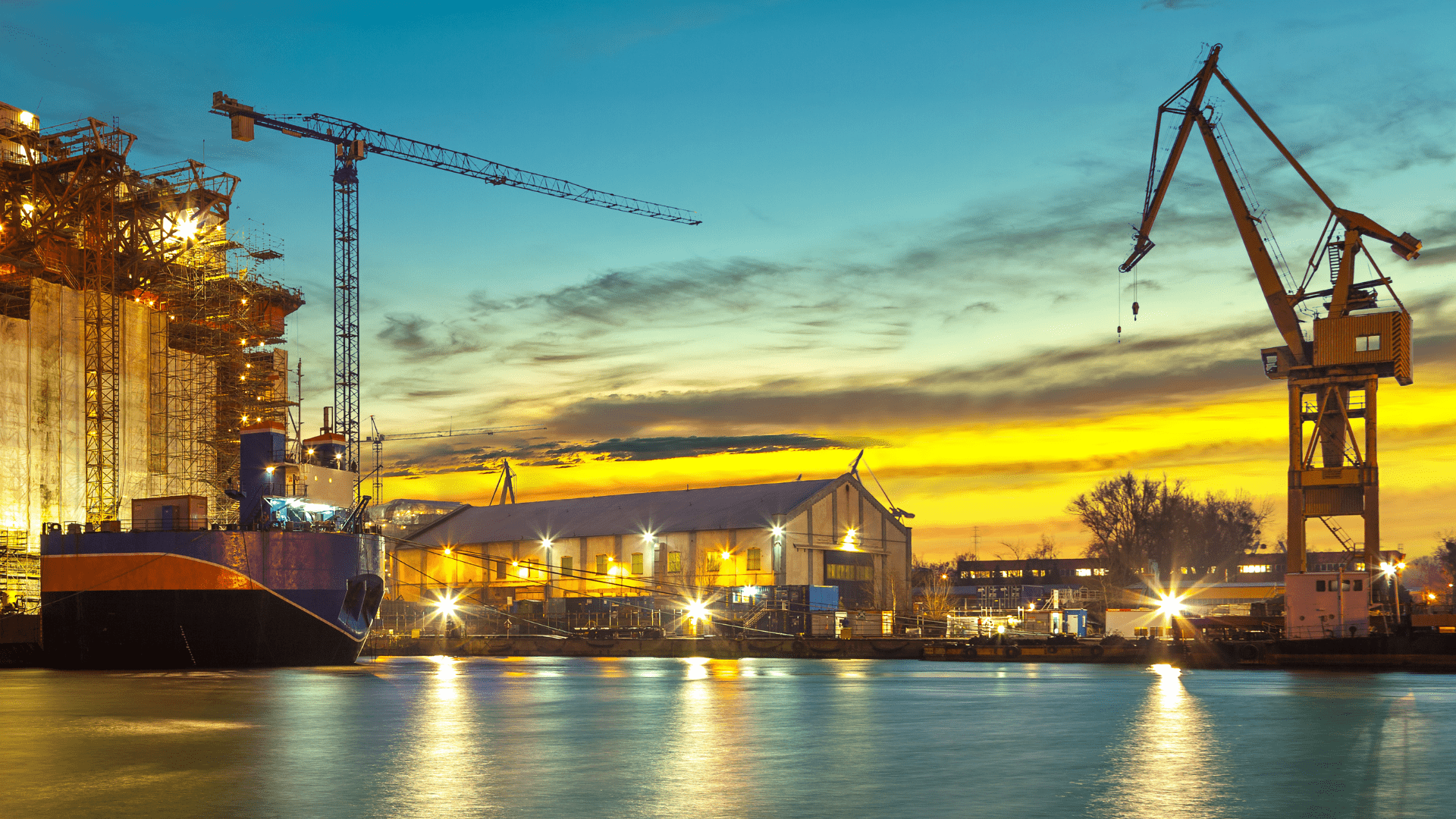The delicate balance of the global natural gas market remains acutely sensitive to geopolitical tremors, a reality underscored by recent events in the Middle East. While energy flows through critical chokepoints like the Strait of Hormuz largely remained uninterrupted, localised disruptions, notably to Israel’s piped gas exports, sent immediate ripples across the Eastern Mediterranean and beyond.
Yet, looking to the horizon, a significant expansion of global liquefied natural gas (LNG) supply, spearheaded by North American projects, promises a much-needed easing of market fundamentals by 2026, setting the stage for renewed demand growth, particularly in Asia.
The conflict between Israel and Iran, which escalated in June, served as a potent reminder of the Middle East’s “crucial role in global energy supply security”, according to the latest International Energy Agency’s Gas Market Report, Q3-2025. This region, accounting for 30% of global oil and 18% of global gas production, almost 25% of LNG supplies and around one-third of global urea exports, is intrinsically linked to global energy stability.
The crisis immediately fuelled strong price volatility across commodity markets with benchmark European TTF month-ahead prices surging by 18% to $14/million British thermal units (MBtu) between June 10 and 19, reaching their highest levels since late February. Asian spot LNG prices, as measured by Platts JKM, mirrored this trajectory, rising by 16% to a four-month high of $14.8/MBtu, said the report. The primary driver for this sharp escalation in prices was the “fear of a potential escalation of the conflict leading to the closure of the Strait of Hormuz – the world’s most critical oil and LNG chokepoint”.
Security concerns
While fears of a Strait of Hormuz closure – through which around 20% of global LNG trade transits – did not materialise with LNG exit flows actually increasing by 9% year-on-year, localised impacts were evident. Israel, facing rising security concerns, shut natural gas production at the Leviathan and Karish fields between June 13-25 and halted piped gas exports to Egypt and Jordan.
In Iran, attacks on a platform at South Pars Phase 14 reportedly “reduced output by around 12 million cubic metres per day (mcm/d)”, according to the report, with Iran also reportedly halting ammonia and urea production amid security concerns. While production and trade flows were largely restored following the June 24 ceasefire, the events underscored the fragility of regional interdependencies.
Asian markets are particularly susceptible to disruptions involving the Strait of Hormuz. In the first half of 2025, the IEA reported that around 85% of total LNG exit flows from the Strait of Hormuz were exported to Asian markets, with the remainder to Europe. China and India stand as the largest customers for Qatari and UAE LNG, together accounting for almost 45% of total LNG exports via the Strait of Hormuz. For countries like Bangladesh, India, Pakistan, and Chinese Taipei, Qatari and UAE LNG supplies met more than a quarter of their natural gas demand in 2024, rendering them “particularly vulnerable to potential disruptions to transit flows”, said the report.
The report highlighted that a disruption of LNG flows through the Strait of Hormuz would be “a major supply shock to the global gas market”, potentially dropping LNG supply by around 330 mcm/d – more than Norway’s piped gas supplies to the rest of Europe.
Promising outlook
But despite the immediate anxieties, the broader outlook for global gas supply appears more reassuring. Following a period of subdued growth, global LNG supply is set for a significant surge, with 2026 projected to witness its “fastest pace since 2019”, said the report. This acceleration is primarily driven by additions in the US, Canada and Qatar.
“The backdrop for global gas markets is shifting as we enter the second half of this year and look towards 2026. The wave of LNG supply that is set to come online is poised to ease fundamentals and spur additional demand, especially in Asia,” said IEA director of energy markets and security Keisuke Sadamori.
For 2025 as a whole, global LNG supply is anticipated to increase by 5.5% (or 30 bcm), largely bolstered by the ramp-ups of major new LNG projects in North America, including the Plaquemines LNG facility and the Corpus Christi Stage 3 expansion, as well as LNG Canada.
Looking ahead to 2026, global LNG supply growth is forecast to accelerate further to 7% (or 40 bcm).
This robust growth in LNG supply is seen by the IEA as a key factor in “easing market fundamentals and foster[ing] more robust demand growth in Asia’s price-sensitive markets”.
However, the positive supply outlook is not without its caveats. The IEA forecast assumes no Russian piped gas deliveries via Ukraine for the remainder of the year, which would lead to a reduction of around 13 bcm in 2025 compared with 2024 in Russian piped gas supplies to the European Union. Furthermore, Russia’s Arctic LNG 2 project is currently “not considered a source of firm LNG supply” due to the ongoing sanctions environment.
Demand contrasts
On the demand side, global natural gas consumption, after a strong expansion in 2024, witnessed a “much slower rate in the first half of 2025”, said the report. This slowdown was attributed to “macroeconomic uncertainty, together with tight supply fundamentals and relatively high prices”. Notably, both China and India recorded demand declines in the first half of 2025 compared with the previous year. China’s natural gas demand declined by an estimated 1% year-on-year, with LNG imports plummeting by more than 20%. India also experienced a 7% year-on-year decline in the first five months of the year, primarily driven by reduced demand from refining and industry.
Asia’s gas demand is projected to “rise by more than 4% in 2026, accounting for around half of global gas demand growth”, leading to a projected 10% increase in the region’s LNG imports in 2026. Elsewhere, the IEA forecasts gas consumption in Eurasia to increase by 2%, while combined demand in Africa and the Middle East is expected to grow by 3.5%. North America’s natural gas demand is anticipated to increase by less than 1%, supported primarily by the power sector. In contrast, natural gas use in Central and South America is projected to marginally decline due to higher renewables output, and Europe is also set to see a 2% decline in gas demand amid stronger renewables.
Source: Baltic Exchange



